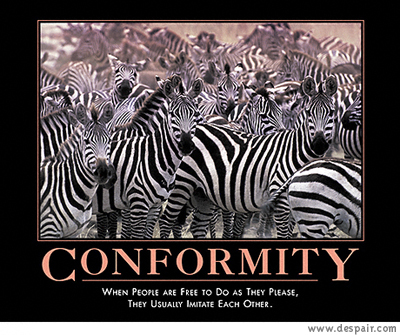The Move From Sage to Guide
I currently teach at a school (Mountain House High School, California) that has implemented a 1 to 1 method, with Chromebooks being the tool of choice. We are a Google (Google Apps for Education-GAFE) campus--all students have a school-issued Gmail account which enables access to Google Drive, Docs, Spreadsheets, Drawing, Slides, etc. This basic suite of tools alone can make your life so much easier. There are some shortcuts and tips to using these tools which Alice Keeler has demonstrated. Be sure to follow her on twitter and/or on her email list. I will make another post about things to definitely do and things to avoid while using the GAFE tools.
One of the biggest things to become accustomed to in the blended learning environment is no longer being the person at the front of the room with something to do all the time. You will experience some cognitive dissonance. They key is how you will resolve that internal conflict. How will you overcome the old habits and expectations that have become engrained in your schemas about the education process?
Over the years, I had created many daily lessons that involved me at the heart of the classroom asking questions, being the primary reviewer, going at my pace, doing what I wanted/needed to do. What students did I leave behind? What advanced students did I slow down in order to keep them in lock step with my calendar and pacing? How can I use the tools at my disposal to expose them to a variety of psychological content? How can I use those extras to enhance primary content without losing the primary content? How can I leverage what I've learned from other teachers
As adults, when we are learners, we are busy, occupied with reading or solving problems or thinking of ways to address various issues we encounter. We may be deep in thought one moment, though ready to converse or ask a question at another. When we allow students to take the time to learn in class, there can be periods of silence where there is nothing immediately for teachers to do. This can make many of us very uncomfortable. This could be down time or sit at the computer time, but I see that as a waste. In my opinion that "down time" can be incredibly valuable.
The teacher can walk around to:
- make oneself available for questions as they arise
- make sure students are on-task
- ask questions of students--have them explain what they are reading or HOW they are solving a problem, depending on the work being done by students
- identify students who complete the work early or quickly and ask to check out their work and question what they have learned--often, students overlook key feature/aspects of an assignment when it is done too quickly
- get their ten thousand steps in
- identify classroom relationships and interactions
When a teacher is freed up to allow the students to work, something potentially magical can happen. Rather than 30+ teenagers looking bored, falling asleep, or using their phones, we treat them like adults, let them know what they are responsible for and allow them to live up to expectations.
One Tough Change
Let go of your ego. Many of us who have been teaching in the traditional style see ourselves as an actor, entertainer, laugh maker, steward of knowledge, and more. We need to change from being the focal point of the classroom to being "only" another important part of the classroom. This switch is more difficult for some than others. Instead of preparing lectures to be delivered at our pace, we will be creating learning experiences that students can follow at their own pace.You must reexamine what you want students to get out of your classroom and your subject matter. Do you want them to "know things" or do you want them to be able to "do things"? What is more important, that students know about Ghrelin and Peptide YY and be able to recall the difference in a multiple choice question? Or is it more important that they learn about the hormonal processes about hunger and take that knowledge and be able to use it while explaining eating disorders to a wider audience in a student-led TED-style talk/presentation? Goals may change with blended learning.
Cautions
If you are anything like me, you will love getting out from under the literal mountain of paperwork that comes with traditional teaching.- It will take time to become accustomed to not having handouts all the time
- Get used to asking students for technology help
- Learn to be comfortable with the potential chaos and the unknown
- As my principal, Ben Fobert says, "embrace the ambiguity"
- The more you get used to the internet as your best friend, the happier you will become
- The more you get used to the internet, the more frustrating it will become if it does not work
- The internet will not always work
- I repeat, the internet will not always work
- As with other methods, become knowledgeable enough to have backup plans in case your primary ones do not work
posted by Chuck Schallhorn













